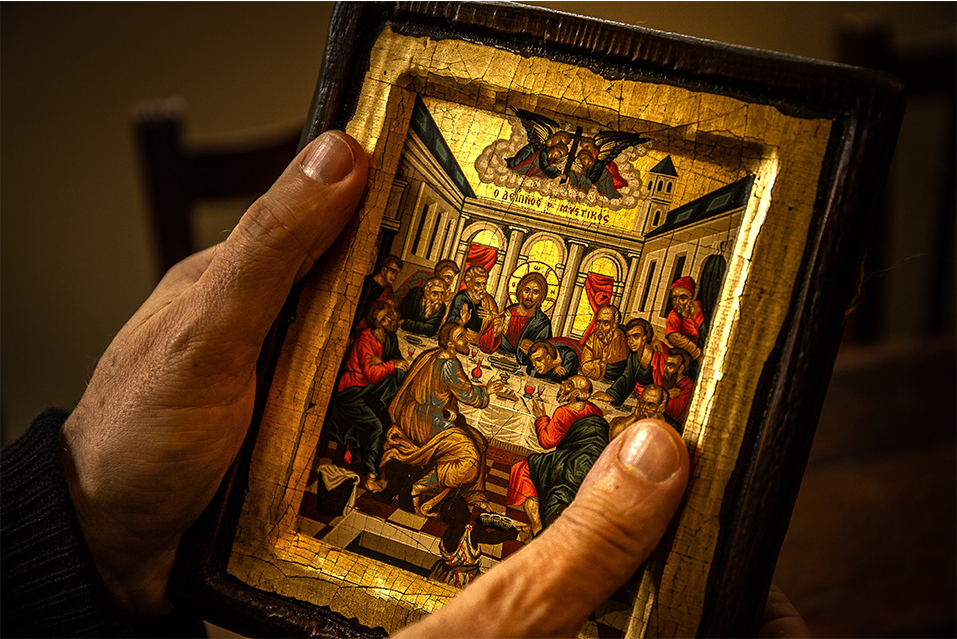Eastern Orthodox


For members of the Eastern Orthodox Church, the funeral process is about confronting the emotions involved with the passing of a loved one, as well as recognising that death is not the end of life, but rather the progression to the next stage. It also assists those who mourn deal with the emotions involved in the passing of a loved one (Reverend Bozikis St Michael the Archangel Greek Orthodox Church)
Before the funeral
· A priest from the Church will be called to give Holy Communion to the person before their death
· The assistance of a religious minister can be sought to help with preparations. A funeral director will also be of great assistance to plan an Eastern Orthodox funeral
· Visiting the family of the deceased before the funeral is practised, and a common greeting of consolation is ‘May his/her memory be eternal’
· Unlike Western Christian faiths wakes in the Eastern Orthodox religion take place before the funeral and will be attended by a priest who will lead some prayers. In more traditional branches of the faith, a wake can last for several days
· Embalming should be avoided where possible as a sign of respect to the body of the deceased. The body is usually washed and clothed by the funeral directors with the assistance of the family members (Reverend Bozikis St Michael the ArchangelGreek Orthodox Church).
During the service
· After the wake has finished, the priest will lead a procession with the casket to the church while singing the Trisagion hymn, part of the Eastern Orthodox funeral traditions
· Attendees should arrive in modest, dark clothing to the church and expect to stand for the majority, if not all, of the funeral. Elderly and less able people may sit
· Traditionally the service is conducted with an open coffin but family members may choose to have it closed. An icon of the resurrection of Christ will be placed on the coffin by the priest symbolising the hope of eternal life (Reverend Bozikis St Michael the Archangel)- Greek Orthodox Church).
· A paper band over the head represents the victory of having completed the course of life, and across or small symbol of a saint may be placed in the hands
· Only the priest may deliver a eulogy in the church. Family members can liaise with him to assist in its preparation (Reverend Bozikis- St Michael the Archangel)
After the service
· Cremation is not allowed within the Eastern Orthodox religion, meaning a burial will always follow the funeral. Before leaving the service, congregants will approach the casket to say their final farewells. Kissing of the cross or icon on the coffin is common, but you don’t have to if you don’t adhere to the faith
· A reception service will usually follow the funeral, either at a house or another venue such as a restaurant, for loved ones to share a meal
· Eastern Orthodox mourning rituals involve a 40-day period which is observed with special days of significance and special ceremonies take place. At three, six, nine and twelve months and then at every year a memorial is carried out


